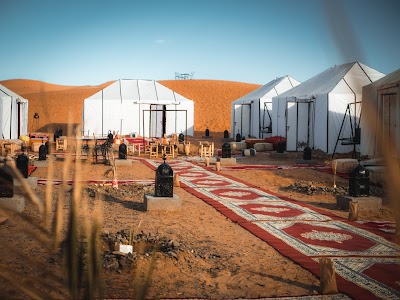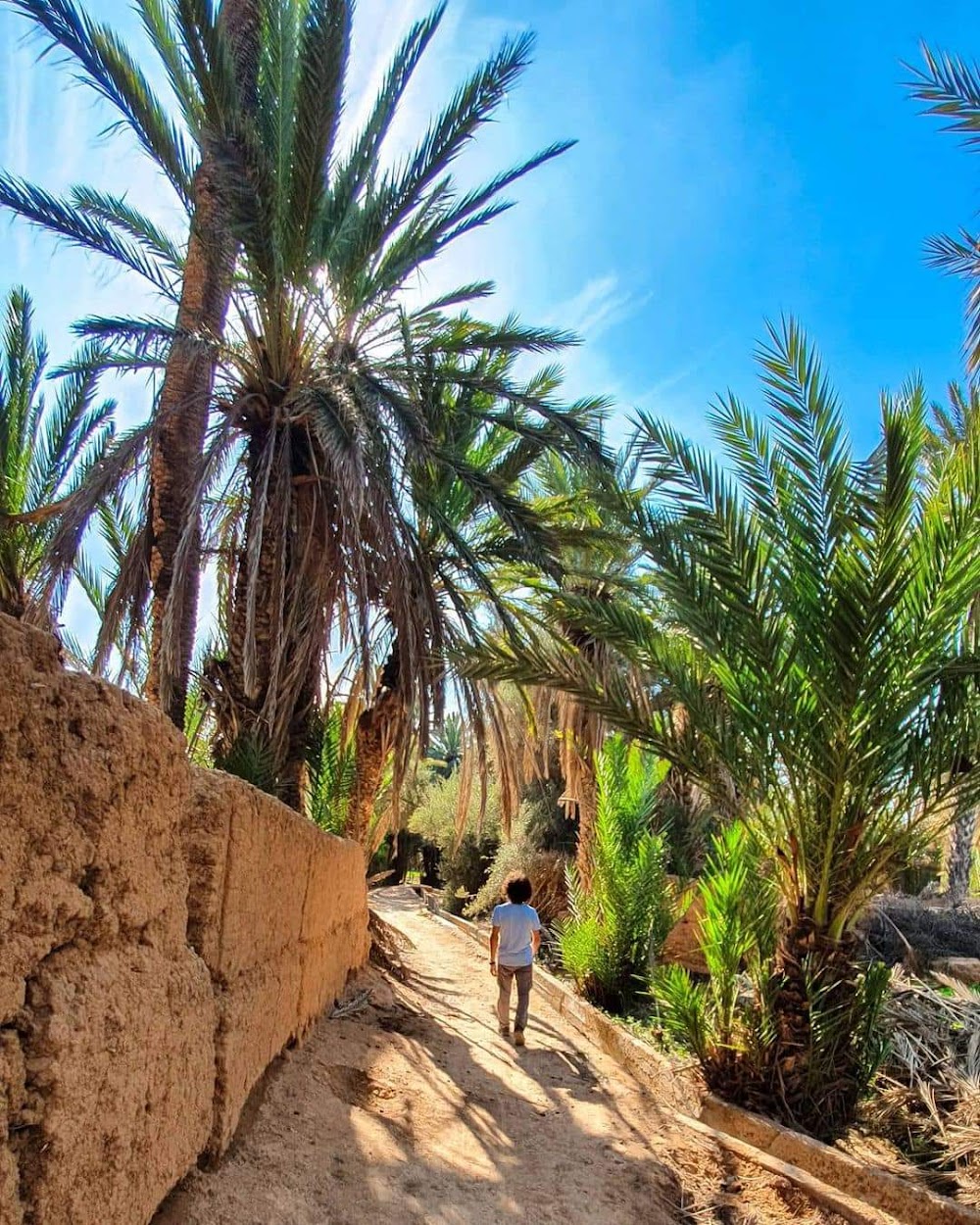Assa Great Mosque (المسجد الكبير أسا)
Overview
The Assa Great Mosque, known locally as مسجد أحد, is a striking landmark nestled in the heart of Assa-Zag, a vibrant city in southern Morocco. This mosque serves as a vital center for worship and community gatherings, embodying the spirit and culture of the local residents.
The history of the Assa Great Mosque stretches back several centuries to the 14th century, when it was originally constructed by the Berber tribes that inhabited the region. Reflecting traditional Moroccan architecture, the mosque is celebrated for its simple yet elegant design. Skilled craftsmen utilized locally sourced materials, such as mud bricks and palm wood, to create the mosque's distinctive appearance, a testament to the artistry and resourcefulness of the Berber builders.
Inside, the mosque boasts a spacious rectangular prayer hall that accommodates a significant number of worshippers. The walls are beautifully adorned with intricate geometric patterns and calligraphy, showcasing the artistic prowess of its creators. A notable feature is the wooden minbar, or pulpit, used by the imam during Friday sermons, while the mihrab – a niche indicating the direction of Mecca – is stunningly decorated with traditional zellij mosaic tiles.
Throughout its long history, the mosque has seen numerous renovations and expansions to cater to the growing population of Assa-Zag. In the 17th century, a minaret was added to the structure, serving as a towering symbol of the mosque’s significance. This minaret exemplifies the evolution of architectural styles in the region, harmoniously blending Berber and Islamic elements.
The 20th century brought further modernization to the mosque, particularly in the 1970s when electrical lighting and sound systems were installed to enhance functionality. Importantly, restoration experts were diligent in preserving the mosque’s historical and architectural integrity, ensuring that modern amenities complemented its original features.
The mosque's courtyard, or sahn, serves as an inviting open space for worshippers to gather before and after prayers. Surrounded by arcades featuring horseshoe arches — a design commonly found in Moroccan mosques — the courtyard includes a small ablution fountain, allowing worshippers to perform their ritual washing before entering the prayer hall.
Beyond being a place of worship, the Assa Great Mosque is a center for education and community activities. Over the years, it has hosted a madrasa, an Islamic school where children and adults learn about the Quran and religious studies. The mosque plays a crucial role during Ramadan and other Islamic festivals, offering nightly prayers and communal feasts that bring the community together.
In recent years, the local government and various cultural organizations have recognized the cultural and historical importance of the Assa Great Mosque. They have launched several projects aimed at preserving its structural integrity and promoting its significance to both locals and visitors alike.
Today, the Assa Great Mosque stands as a symbol of Assa-Zag's rich heritage and enduring faith. Its historical roots, architectural beauty, and community role make it a cherished landmark in southern Morocco. The mosque continues to attract worshippers and visitors, providing a fascinating glimpse into the region’s past while serving as a beacon of spiritual and cultural continuity.




